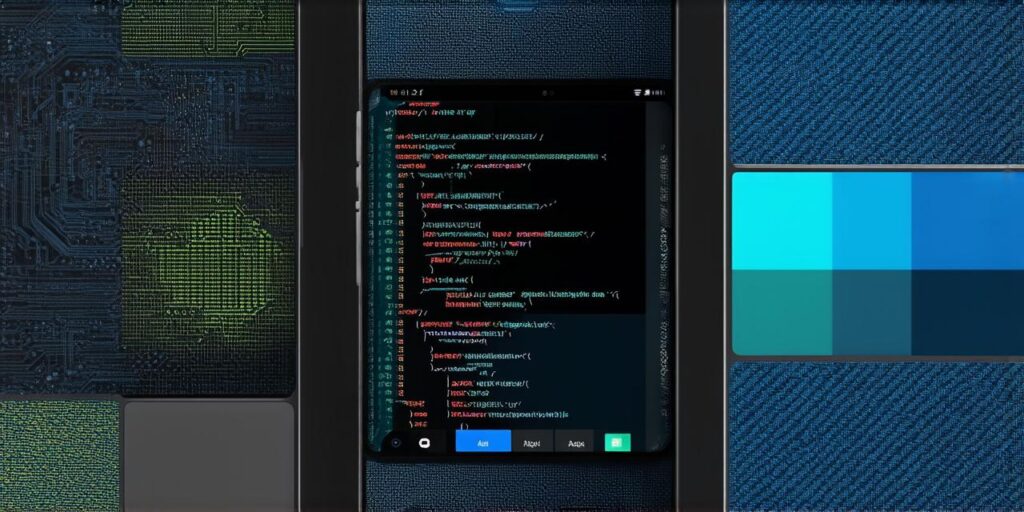Developing a mobile app can be an exciting and rewarding project. However, it can also be overwhelming if you don’t know where to start. In this article, we will guide you through the process of beginning to develop a mobile app.
Determine the Purpose of Your App
Before you begin developing your app, you need to determine its purpose. What does your app do? Who is your target audience? Answering these questions will help you design an app that meets the needs of your users and provides value.
Choose a Development Platform
Once you have determined the purpose of your app, you need to choose a development platform. There are several platforms available, including Android, iOS, and Windows. Each platform has its own set of tools and requirements, so it’s important to research which one is best for your app.
Design Your App’s User Interface
The user interface (UI) of your app is an essential part of its design. It should be intuitive and easy to use. You can create a wireframe or mockup of your app’s UI using design tools like Adobe XD or Sketch.
Choose Your Programming Language
The programming language you choose will depend on the development platform you selected. For example, if you are developing for Android, you may want to use Java or Kotlin. If you are developing for iOS, you may want to use Swift or Objective-C.
Develop Your App’s Functionality
Now that you have designed your app’s UI and chosen your programming language, it’s time to start developing your app’s functionality. This includes writing code to implement your app’s features, testing your code to ensure it works as expected, and debugging any issues that arise.
Publish Your App

Once you have developed your app, you need to publish it on the app store or Google Play Store. This will make it available for users to download and use. Before publishing your app, make sure you have followed all of the guidelines and requirements set by the app store or Google Play Store.
Maintain Your App
Finally, it’s important to maintain your app. This includes updating your app with new features, fixing bugs, and addressing any user feedback. Regular maintenance will help keep your app relevant and popular among users.
In conclusion, developing a mobile app can be a complex process. However, by following these steps and doing your research, you can create an app that meets the needs of your target audience and provides value. Remember to choose the right development platform, design a user-friendly UI, develop functionality efficiently, and maintain your app regularly.



